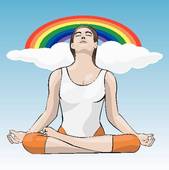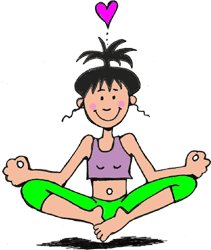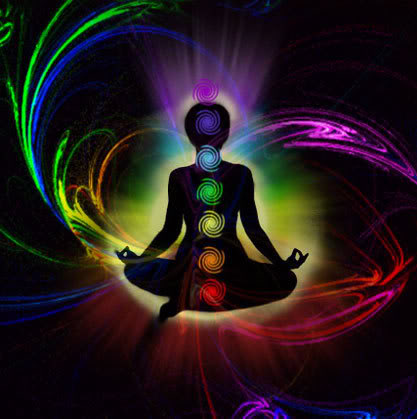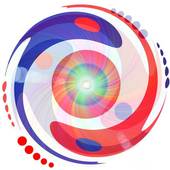YOGA THERAPY and Classes
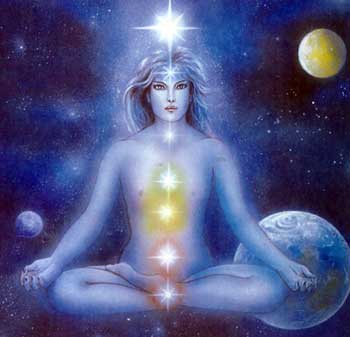
Yoga therapy Is a way to heal your body from the root as Joseph Lepage is explaining it:
1)Physical healing can be seen as the freedom of the body to function in its own intrinsic order and wholeness.
2)Energetic healing is the freedom to explore and integrate fully our energetic being while liberating it from energy blockages.
3)Psycho-emotional healing is freedom from constricting thoughts and emotions and the freedom of the mind to rest in its natural state.
4)Healing of core beliefs is freedom from all the demands we place on ourselves and the world to prove, to compete, and to possess, that fuel the stress response.
5)Spiritual healing is the freedom to simply be who we truly are.
WHAT YOGA WILL DO FOR YOU:
Yoga practice brings you into the present moment. Breath and movement are your connection to the present moment.
Yoga practice brings calm, peace, and happiness to the moment.
Yoga helps you accept difficulties, accept pleasure and pain. Yoga helps you experience relaxation in action and living life as free of tension as possible.
Yoga encourages moderation in your life - as an example; eating in a way that is healthy for your body or/and questioning the extra demand that you sometimes impose to yourself .
Yoga teaches you to be and know where you are physically, emotionally, mentally, spiritually; giving a place for improvement and acceptance.
Yoga will help you to feel better as you learn to tune in toyour energy flow (prana/chi) with the breath.
Yoga practice will help you to revitalize, control, and enhance
your energy and state of being. The concentration into the yoga
practice will increase your positive thinking, mental clarity, and
focus.
The body moves with the breath to help calm the mind. The asanas are a point of focus for the mind, creating a “meditation in motion.”
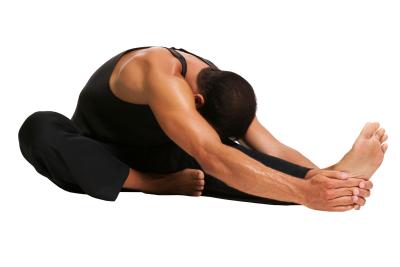
VINIYOGA
Viniyoga is a therapeutic yoga practice designed to alleviate pain and promotes health in the lower and upper back, sacrum, hips as well neck and shoulders.
Viniyoga is using repetition for both muscular and neuromuscular benefit. In order to change the condition of a muscle, it is not enough to stretch it but you need to alternate between stretching and contracting using the process of PNF (proprioceptive neuromuscular facility).
This method uses the muscles to contract and then stretch:
Examples of a forward bend when you come forward on your exhalation your back muscle stretch, and when you come back up on your inhalation your low back muscle contract.
This process brings more blood circulation to the muscle so the muscle get more relax, and yet stronger. The neuromuscular benefit of repetition helps you re-establish new beneficial movement patterns.
The three principles of Viniyoga:
The first principle will be the relationship between the breath and the movement;
Awareness of the breath with the movement of the body.
The gift of the breath is that it unable us to feel intimately the movement of the spine; the breath will activate the movement of the spine with the muscles around it, and the exhalation will especially engages the abdomen muscles. Whenever a movement expands your chest or abdomen, you inhale. Conversely, when a movement compresses your chest or abdomen, you exhale.
Second principle will be to bring a clear intention to each posture:
When you have a clear idea of your intention, you direct
your awareness through your attention to the breath, and
through the breath you mobilize the spine, and as the spine begin
to move, the muscles of the body move in relationship to the
movement of the spine.
So the focus of the asanas in Viniyoga is Awareness, breath, movement of the spine with the muscles.
The third principle will be repetition;
Viniyoga is using repetition for both muscular and neuromuscular
benefits.
When you move into a posture for example, the “agonist” muscles of
the body contract and their “antagonist” muscles stretch. So when
you move out of a posture that antagonist muscle that was
stretching is now contracting – it becomes the agonist muscle. And
the agonist muscle has now become the antagonist muscle.
We are using a process called proprioceptive neuromuscular facility abbreviated to PNF.
“Yoga is the
process of awareness and opening of all parts of your being, so
that the healing process
and the path
of discovery of the meaning of life are a single
journey”
-Joseph Lepage.
